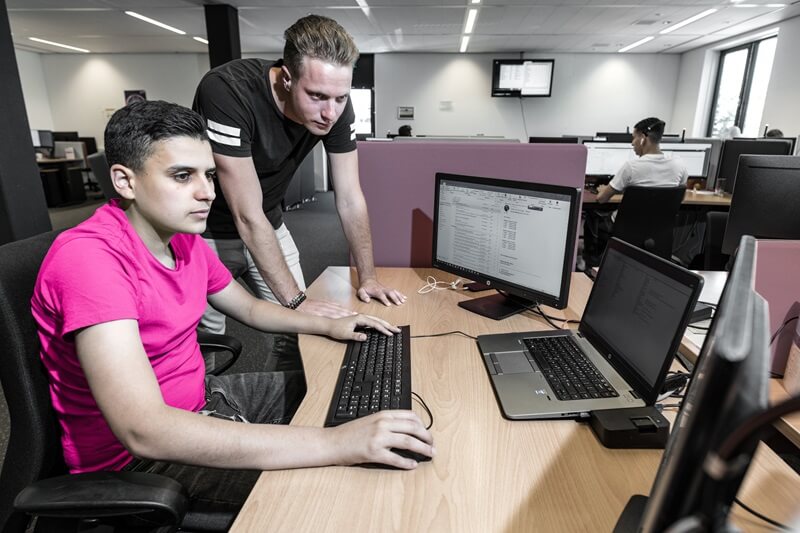Creative Problem Solvers’ Guide to the IT Help Desk
While IT may seem like a profession centred on the hard science of computing, it’s far from dry or intimidating. Beyond understanding how computers and networks function, IT professionals – especially help desk technicians and technical support specialists – rely heavily on creative problem-solving to deliver high-quality service.

Each help desk ticket brings unique challenges, requiring more than just technical knowledge. It demands the ability to think on your feet and apply innovative solutions.
If you’re considering a career in IT, don’t worry about it being dull. Help desk-level IT work is dynamic and creative, as highlighted in the scenarios below.
Understanding What End Users Mean vs What They Say
For tier 1 help desk technicians, simply figuring out what the end user’s problem is can require a lot of creative thinking. Often, what the user says isn’t always what they mean.
Take, for example, the common complaint: “My computer doesn’t work.” This could mean anything from a frozen screen to a disconnected mouse, or even a malware infection. Help desk pros often need to reverse-engineer the thought process of less tech-savvy users to determine the real issue.
This level of creative problem-solving requires IT pros to put themselves in the user’s shoes, think broadly, and figure out the underlying problem before communicating the solution in a way the user understands.
Solving Network Connectivity Issues
Another frequent issue that help desk professionals face is, “I can’t get on the network”. The causes for this problem are varied – ranging from hardware and software to security or network connection issues.
Diagnosing and fixing connectivity problems requires both a strong understanding of technical facts, like the difference between TCP and UDP ports, and a more artistic approach to problem-solving. Different manufacturers, models, and even design flaws mean there’s no one-size-fits-all solution. Help desk pros must use a mix of intuition, knowledge, and experience to resolve these issues.
Resourcefulness and Creative Researching
No help desk technician has every solution at the ready. Many issues, like conflicts caused by recent software patches, can’t be predicted in advance. That’s where creative research comes into play.
Knowing where to look for answers—whether it’s an online community, a YouTube tutorial, or a technical forum—is crucial for help desk pros. They need to be resourceful in identifying potential solutions and pulling together the right fix when they don’t have the answer memorised.
Conclusion
IT help desk work is anything but routine. It requires the right mix of technical knowledge and creative problem-solving to tackle the wide array of issues users face. If you’re interested in IT, you’ll find that every day brings new challenges that keep you on your toes—turning technical support into an art form.
